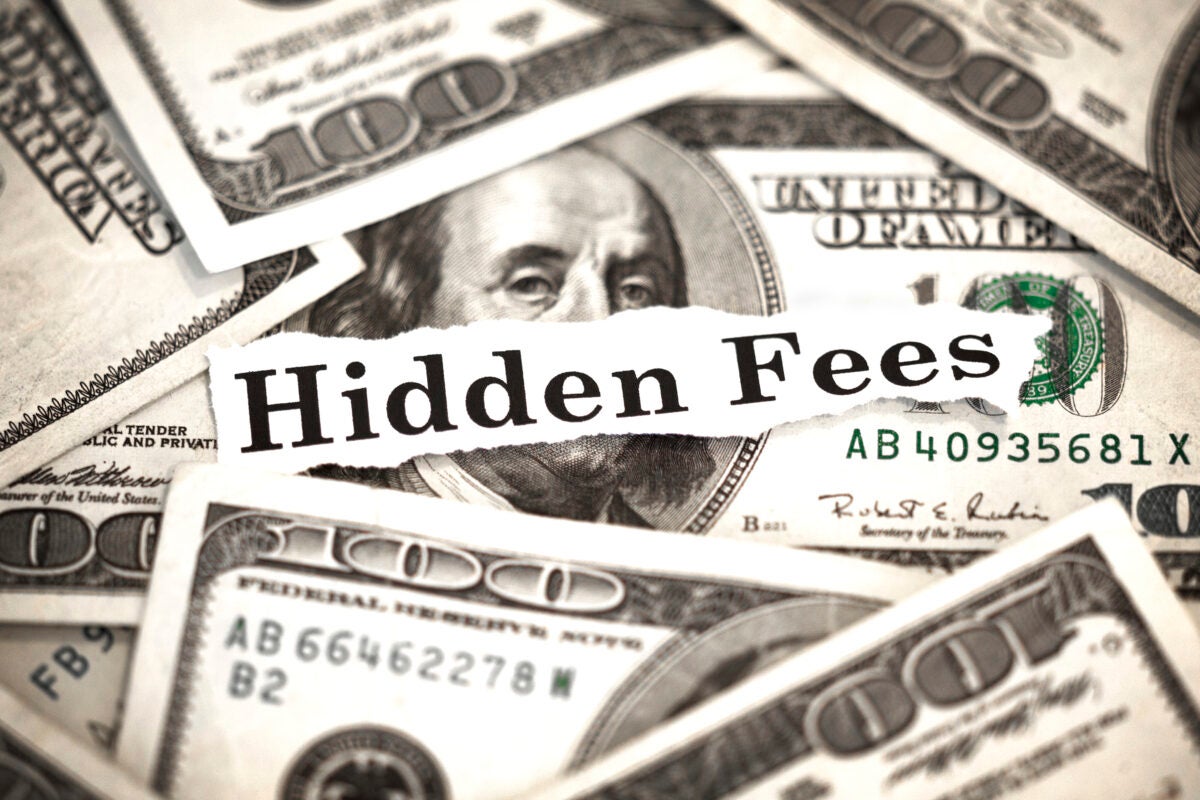Concealed Deals Drive Up 401(k) Fees
When mutual funds share revenue with plan administrators, employees get higher costs and lower performance
Based on the research of Clemens Sialm

In 401(k) plans, one of the attractions has always been that employees choose where to invest their retirement funds. The average plan offers 28 options, according to the Investment Company Institute.
Employees might assume those options are picked to serve their best interests. But new research from Clemens Sialm, professor of finance at Texas McCombs, suggests they’re also serving someone else’s interests. Many funds are paying plan administrators to include them in a plan’s menu, a practice called revenue-sharing.
The result: Without knowing it, employees may be offered funds with higher fees and lower performance.
“It is a significant problem if employees do not understand the costs of their investment options in 401(k) plans,” Sialm says.
In the study, Sialm investigated the prevalence of revenue sharing and how it might influence recordkeepers: companies that administer retirement plans.
With Veronika Pool of Vanderbilt University and Irina Stefanescu of the Federal Reserve, he looked at the 1,000 largest 401(k) plans reporting to the U.S. Department of Labor between 2009 and 2013.
The researchers found that recordkeepers are more likely to include funds that pay them.
- More than half of plans — 54% — included at least one fund that shared revenue with recordkeepers.
- Revenue-sharing funds were 60% more likely to be added to plans than non-revenue-sharing funds were. They were less likely to be deleted.
Higher Fees, Lower Returns
But revenue-sharing funds don’t necessarily pay off for workers who invest in them. They charge higher administrative fees than non-revenue-sharing funds — partly because they’re rebating an average 18% of those fees to recordkeepers.
“Plan sponsors and providers are willing to include these investment options on the plan because they are willing to cover a larger fraction of administrative costs,” Sialm says.
Besides higher fees, he found revenue-sharing funds delivered worse financial performance over time than funds that didn’t share revenue.
So, what should employees do? Sialm’s primary answer is that they should demand transparency from their employers about hidden fees in their plan’s menu. A 1% higher fee over 30 years could cost them tens of thousands in lost returns.
He suggests that employers lay out fees in a clear and concise format. “Disclosing this information in hidden footnotes in lengthy documents is not very helpful,” he says.
The most effective way to limit revenue sharing, Sialm adds, might be for employers to pay recordkeepers directly for administering their plans. That way, recordkeepers wouldn’t need to rely on hidden fees for part of their compensation.
“Administering 401(k) plans is expensive, and recordkeepers need to be compensated for their services,” he says. “It would be more fair if the sponsor companies would cover their administrative costs.”
“Mutual Fund Revenue Sharing in 401(k) Plans” is published in Management Science.
Story by Hope Reese
About this Post
Share:


